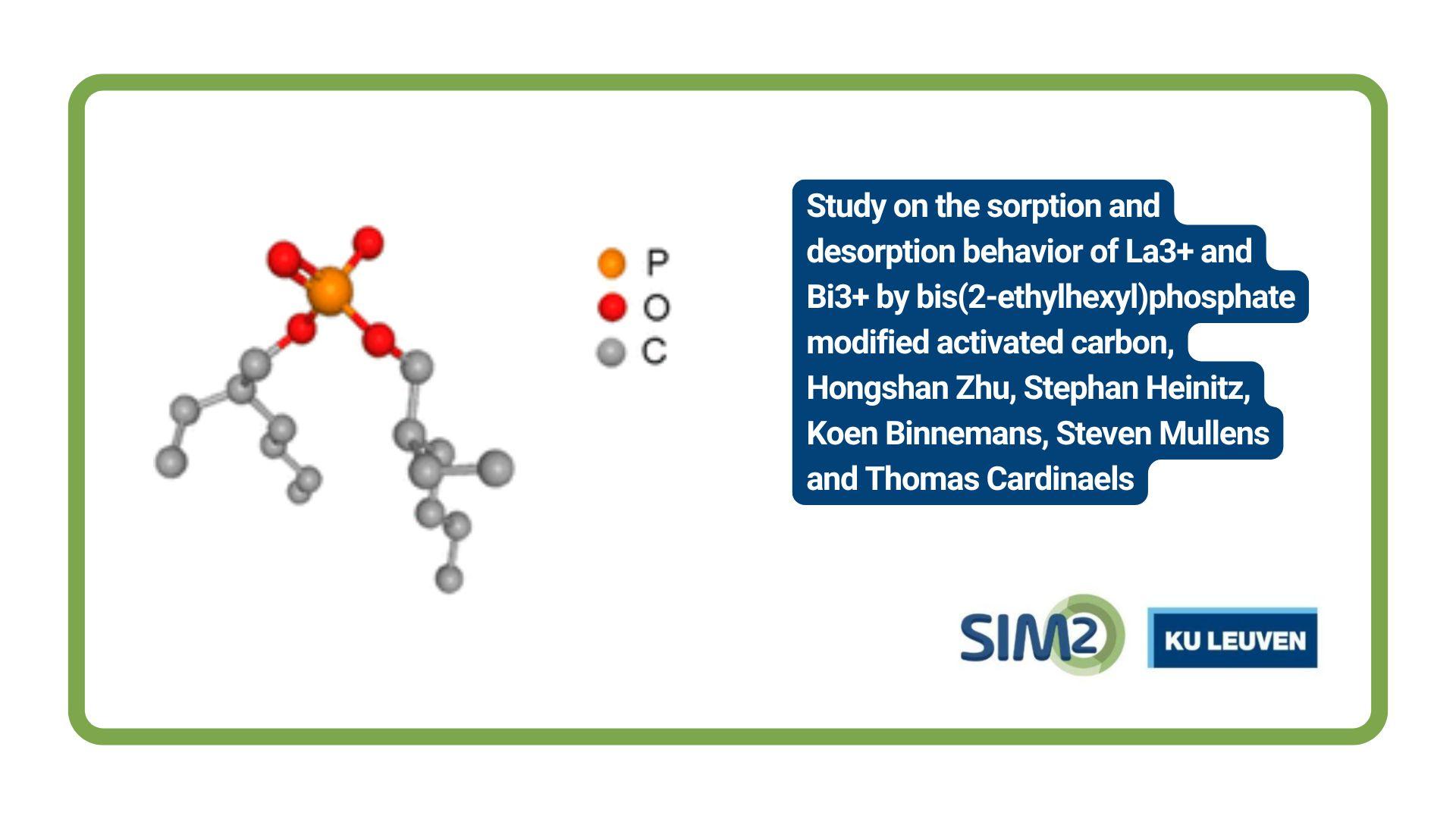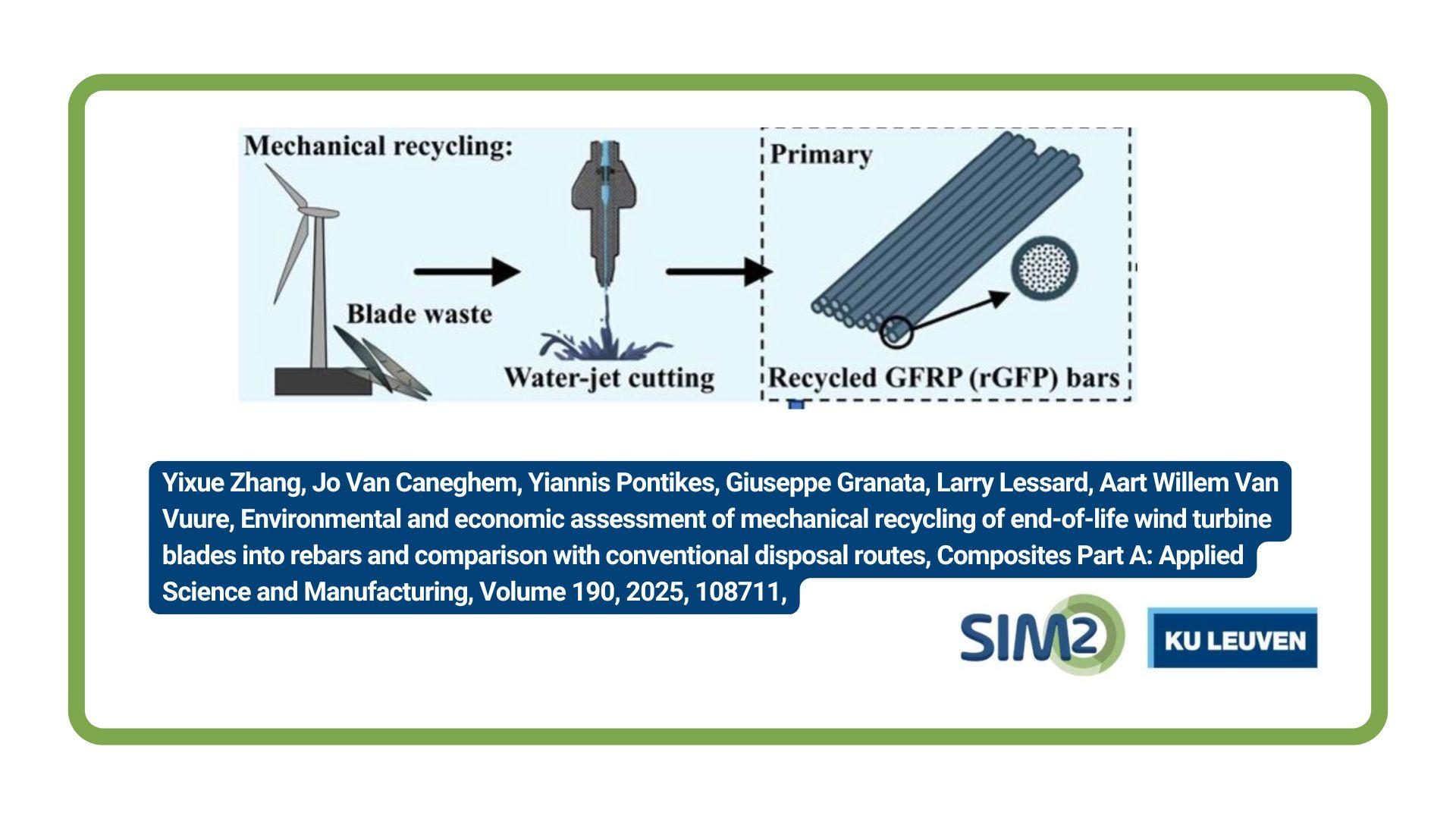Author: Claire Delacour, KU Leuven
The Microfluidic domain has known important development over the last two decades. In 1990, only less than 10 patents were published whereas in 2004 more than 350 patents were published in the USA[1]. This study showed the large range of microfluidic applications, and impacts in Biology and Chemistry.
A microchannel reactor is a continuous flow-type reactor with the channels’ characteristics dimension under a millimeter in size. Two types of flow rectors can be distinguish depending on their sizes[2]:
- Microfluidics: 10-500 µm
- Millifluidics: 500 µm to several mm

Figure 1: Microreactor on a chip
Reactions carried under continuous conditions are divided into three categories [3]:
- Type A reactions which are very fast (<1s), micro- or milli-reactors allow a controlled by the mixing process, yield is increased through better mixing and heat transfer
- Type B reactions: which are rapid reactions (10s to 20 min), those reactions are kinetically controlled. The use of micro reactors avoids overcooking and increases yield
- Type C reactions: are slow reactions (>10 min); micro reactors can increase the safety
One of the main challenge of the actual chemistry is to respect the 12 principles of the Green chemistry. Wiles and al. described[4] the 12 principle of the green chemistry applied to continuous flow reactors. The aim of this 12 principle is to develop a sustainable chemical research and production.
Micro- or milli-reactors can have a significant impact on the way chemists conduct their reactions. Table 1 presents some advantages and their corresponding green chemistry principle and disadvantages of microfluidic processes.
| Advantages | Disadvantages |
|
|
Table 1: Advantages and drawbacks of using Microfluidic process
Continuous flow reactors have commonly flourished in the chemical and biochemical industrial environment. But, to expand the area of applications of micro- and milli-fluidics, it is necessary to find solution for solid handling. In fact, in chemistry, solids can occur under different forms: catalysts, reagent, product, side-product. As a solution, ultrasonic power can be used to prevent clogging in channels. It has been previously shown that ultrasound could prevent solid clogging, enhance particle morphology and particle size distribution.
[1] H. Carsten, “Microfluidics in commercial applications; an industry perspective,” Lab Chip, vol. 6, pp. 118–1121, 2006.[2] J. Wegner, S. Ceylan, and A. Kirschning, “Ten key issues in modern flow chemistry,” Chem. Commun., vol. 47, no. 16, p. 4583, 2011.[3] Lonza, “Microreactor Technology at Lonza,” no. June, 2009.[4] C. Wiles and P. Watts, “Green Chemistry Continuous flow reactors: a perspective,” Green Chem., vol. 14, pp. 38–54, 2012.
This article appeared first on www.cosmic-etn.eu website.





